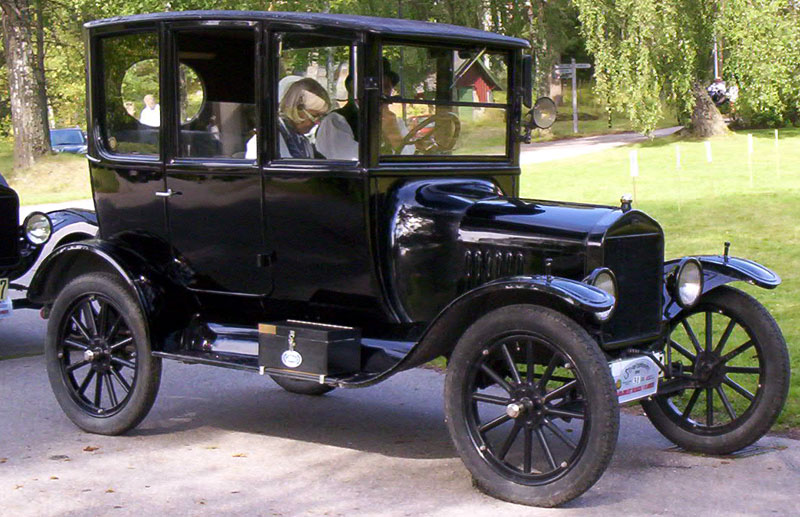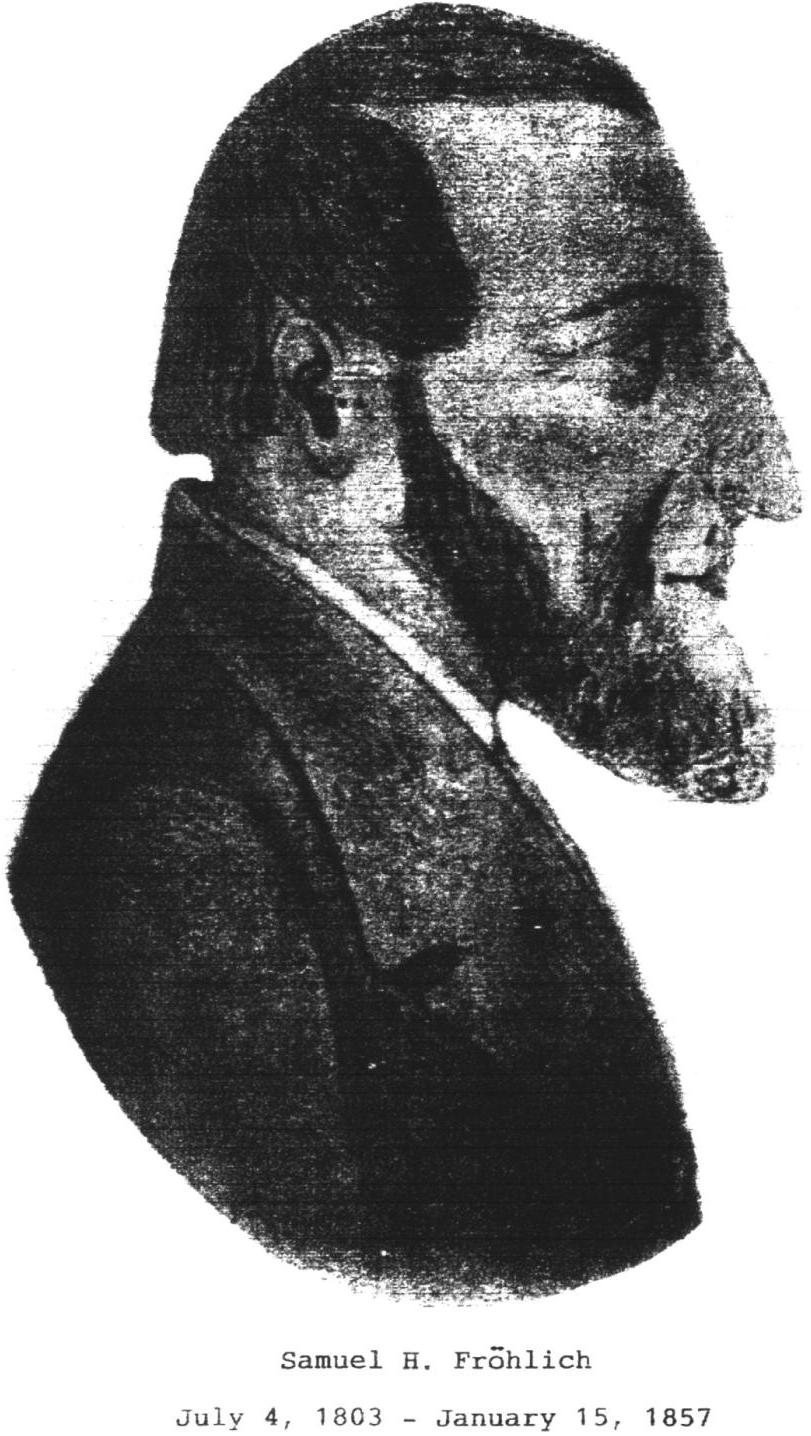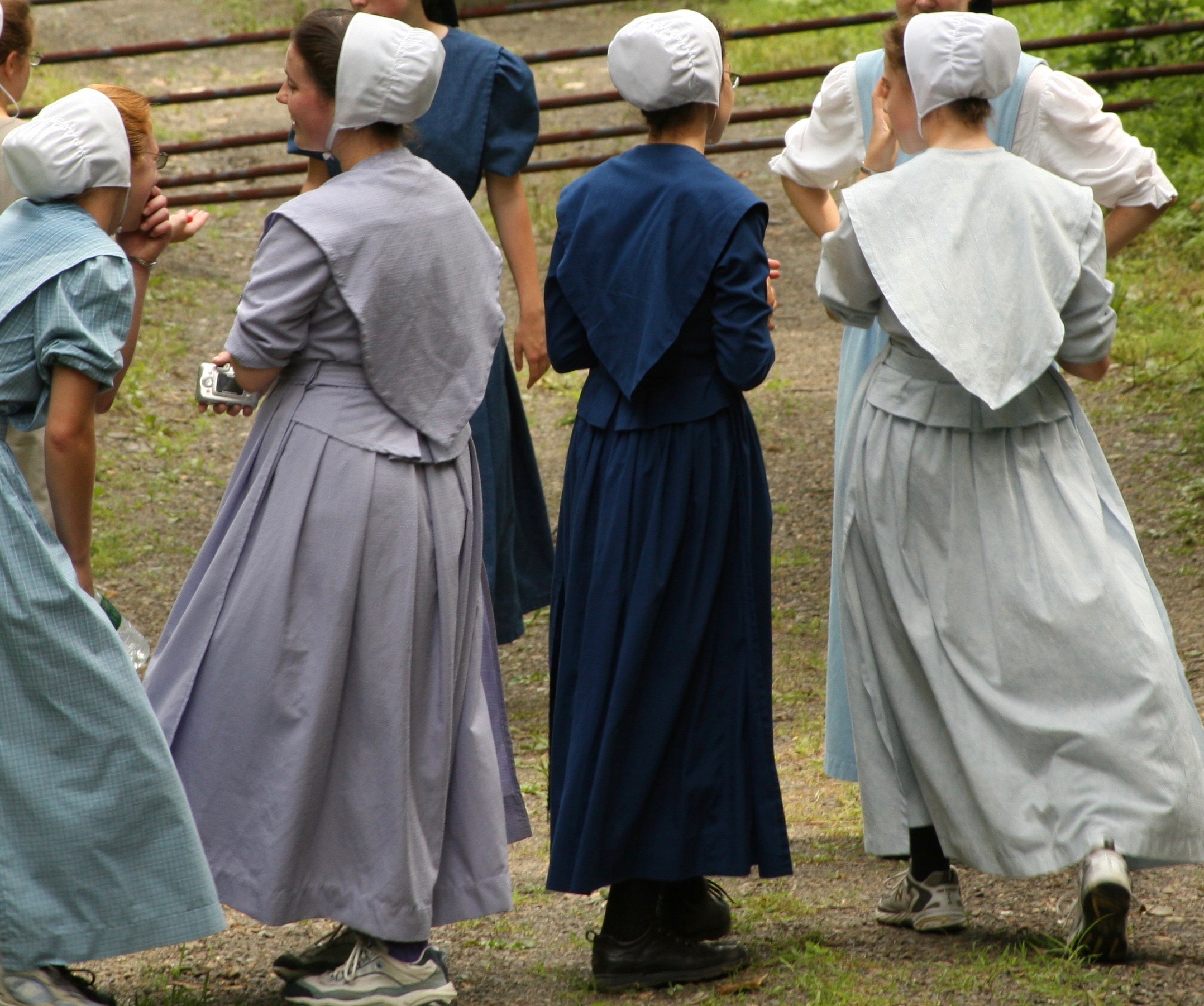|
Anabaptist Church
Anabaptism (from Neo-Latin , from the Greek : 're-' and 'baptism', german: Täufer, earlier also )Since the middle of the 20th century, the German-speaking world no longer uses the term (translation: "Re-baptizers"), considering it biased. The term (translation: "Baptizers") is now used, which is considered more impartial. From the perspective of their persecutors, the "Baptizers" baptized for the second time those "who as infants had already been baptized". The denigrative term Anabaptist, given to them by others, signifies rebaptizing and is considered a polemical term, so it has been dropped from use in modern German. However, in the English-speaking world, it is still used to distinguish the Baptizers more clearly from the Baptists, a Protestant sect that developed later in England. Compare their self-designation as "Brethren in Christ" or "Church of God": . is a Protestant Christian movement which traces its origins to the Radical Reformation. The early Anabaptists ... [...More Info...] [...Related Items...] OR: [Wikipedia] [Google] [Baidu] |
New Latin Language
New Latin (also called Neo-Latin or Modern Latin) is the revival of Literary Latin used in original, scholarly, and scientific works since about 1500. Modern scholarly and technical nomenclature, such as in zoological and botanical taxonomy and international scientific vocabulary, draws extensively from New Latin vocabulary, often in the form of classical or neoclassical compounds. New Latin includes extensive new word formation. As a language for full expression in prose or poetry, however, it is often distinguished from its successor, Contemporary Latin. Extent Classicists use the term "Neo-Latin" to describe the Latin that developed in Renaissance Italy as a result of renewed interest in classical civilization in the 14th and 15th centuries. Neo-Latin also describes the use of the Latin language for any purpose, scientific or literary, during and after the Renaissance. The beginning of the period cannot be precisely identified; however, the spread of secular education, ... [...More Info...] [...Related Items...] OR: [Wikipedia] [Google] [Baidu] |
Infant Baptism
Infant baptism is the practice of baptising infants or young children. Infant baptism is also called christening by some faith traditions. Most Christians belong to denominations that practice infant baptism. Branches of Christianity that practice infant baptism include Catholics, Eastern and Oriental Orthodox, and among Protestants, several denominations: Anglicans, Lutherans, Presbyterians, Congregationalists and other Reformed denominations, Methodists, Nazarenes, Moravians, and United Protestants. Opposition to infant baptism is termed "catabaptism". Ceremony The exact details of the baptismal ceremony vary among Christian denominations. Many follow a prepared ceremony, called a rite or liturgy. In a typical ceremony, parents or godparents bring their child to their congregation's priest or minister. The rite used would be the same as that denomination's rite for adults, i.e., by pouring holy water ( affusion) or by sprinkling water ( aspersion). Ea ... [...More Info...] [...Related Items...] OR: [Wikipedia] [Google] [Baidu] |
Old Order Movement
Old Order Anabaptism encompasses those groups which have preserved the old ways of Anabaptist Christian religion and lifestyle. Historically, an Old Order movement emerged in the second half of the 19th century among the Amish, Mennonites of South German and Swiss ancestry as well as the Schwarzenau Brethren and River Brethren in the United States and Canada. The Old Order movement led to several Old Order divisions from mainstream Anabaptist groups between 1845 and 1901. All Old Order Anabaptist groups that emerged after 1901 divided from established Old Order Anabaptist groups or were formed by people coming from different Old Order Anabaptist groups. Sandra L. Cronk writes about the Old Order Anabaptists: By the close of the 20th century, there were over a quarter of a million Old Order Anabaptists in North America alone. Old Order Anabaptists enjoy a rich spiritual and community life, which has attracted seekers who desire to become church members of Old Order Anabaptist ... [...More Info...] [...Related Items...] OR: [Wikipedia] [Google] [Baidu] |
Old German Baptist Brethren
The Old German Baptist Brethren (OGBB) is a conservative Plain church which emerged from a division among the German Baptist Brethren in 1881 being part of the Old Order Movement. Like the church it emerged from, it has roots both in Anabaptism and in Radical Pietism. It practices adult believers baptism as the biblically valid form of baptism. It is also characterized by strict religious adherence with rejection of modern culture and modern assimilation. It is one of several Schwarzenau Brethren groups that trace their roots to 1708, when eight believers founded a new church in Schwarzenau, Germany. The Old German Baptist Brethren church has about 4,000 baptized members. Names The Old German Baptist Brethren are historically known as German Baptists in contrast to English Baptists, who have different roots. Other names by which they are sometimes identified are ''Dunkers, Dunkards, Tunkers'', and ''Täufer'', all relating to their practice of baptism by immersion. Originally ... [...More Info...] [...Related Items...] OR: [Wikipedia] [Google] [Baidu] |
Old Order River Brethren
The Old Order River Brethren are a River Brethren denomination of Anabaptist Christianity with roots in the Radical Pietist movement. As their name indicates, they are Old Order Anabaptists. History The denomination began about 1778 in Pennsylvania. They share their early history with the Brethren in Christ Church. A group of brethren living near the Susquehanna River, who had previously separated from the Mennonites fellowshiped with German Baptist Brethren but eventually became known as the River Brethren. In 1856, there was a three-way split among the ''River Brethren'' and these folks established a separate, more conservative group. They were sometimes referred to as the ''York Brethren or Yorkers'', because most of the members in 1843 were located in York County, Pennsylvania. This group believed the majority of the River Brethren churches were becoming too lax in their standard of Biblical non-conformity and non-resistance, and desired to return to older Scriptural do ... [...More Info...] [...Related Items...] OR: [Wikipedia] [Google] [Baidu] |
Old Order Mennonite
Old Order Mennonites (Pennsylvania German: ) form a branch of the Mennonite tradition. Old Order are those Mennonite groups of Swiss German and south German heritage who practice a lifestyle without some elements of modern technology, who still drive a horse and buggy rather than cars, wear very conservative and modest dress plainly and who have retained the old forms of worship, baptism and communion. All Old Order Mennonites reject certain technologies (e.g., radio, television, Internet), but the extent of this rejection depends on the individual group. Old Order groups generally place great emphasis on a disciplined community instead of the individual's personal faith beliefs. The Pennsylvania German language is spoken and vigorous among all horse-and-buggy groups except the Virginia Old Order Mennonites, who lost their original language before becoming Old Order. There is no overall church or conference to unite all the different groups of Old Order Mennonites. In 2008–200 ... [...More Info...] [...Related Items...] OR: [Wikipedia] [Google] [Baidu] |
Old Order Amish
The Amish (; pdc, Amisch; german: link=no, Amische), formally the Old Order Amish, are a group of traditionalist Anabaptism, Anabaptist Christianity, Christian church fellowships with Swiss German and Alsace, Alsatian origins. They are closely related to Mennonites, Mennonite churches, another Anabaptist denomination. The Amish are known for simple living, plain dress, Christian pacifism#Anabaptist churches, Christian pacifism, and slowness to adopt many conveniences of modern technology, with a view neither to interrupt family time, nor replace face-to-face conversations whenever possible, and a view to maintain self-sufficiency. The Amish value rural life, manual labor, humility and ''Ordnung#Gelassenheit, Gelassenheit'' (submission to God's will). The history of the Amish church began with a schism (religion), schism in Switzerland within a group of Swiss and Alsatian Mennonite Anabaptists in 1693 led by Jakob Ammann. Those who followed Ammann became known as Amish. In the ... [...More Info...] [...Related Items...] OR: [Wikipedia] [Google] [Baidu] |
Christianity Today
''Christianity Today'' is an evangelical Christian media magazine founded in 1956 by Billy Graham. It is published by Christianity Today International based in Carol Stream, Illinois. ''The Washington Post'' calls ''Christianity Today'' "evangelicalism's flagship magazine". ''The New York Times'' describes it as a "mainstream evangelical magazine". On August 4, 2022, Russell D. Moore—notable for denouncing and leaving the leadership of the Southern Baptist Convention—was named the incoming Christianity Today Editor-in-Chief. ''Christianity Today'' has a print circulation of approximately 130,000, of which approximately 36,000 is free, and readership of 260,000, as well as a website at ChristianityToday.com. The founder, Billy Graham, stated that he wanted to "plant the evangelical flag in the middle of the road, taking the conservative theological position but a definite liberal approach to social problems". Other active publications currently active within Christiani ... [...More Info...] [...Related Items...] OR: [Wikipedia] [Google] [Baidu] |
Apostolic Christian Church
The Apostolic Christian Church (ACC) is a worldwide Christian denomination from the Anabaptist tradition that practices credobaptism, closed communion, greeting other believers with a holy kiss, a capella worship in some branches (in others, singing is with piano), and the headcovering of women during services. The Apostolic Christian Church only ordains men, who are authorized to administer baptism, the Lord's Supper, and the laying on of hands. History The origins of the Apostolic Christian Church are found in the conversion experience of Samuel Heinrich Froehlich (1803–57) of Switzerland. Froehlich was baptized in 1832 and soon founded the ''Evangelical Baptist Church.'' The first American church was formed in Lewis County, New York, in 1847 by Benedict Weyeneth (1819–87), who had been sent by Froehlich at the request of Joseph Virkler, a Lewis County minister in an Alsatian Amish-Mennonite church. In 1848 a church was formed in Sardis, Ohio. The church experienced ... [...More Info...] [...Related Items...] OR: [Wikipedia] [Google] [Baidu] |
River Brethren
The River Brethren are a group of historically related Anabaptist Christian denominations originating in 1770, during the Radical Pietist movement among German colonists in Pennsylvania. In the 17th century, Mennonite refugees from Switzerland had settled their homes near the Susquehanna River in the northeastern United States. Their religious guides, Jacob and John Engle, joined with the revival, and their followers were often known by their locality: a group of brethren from north of Marietta, Pennsylvania, on the east side of the Susquehanna River came to be known as the ''River Brethren''. The initial spiritual leader of the ''brethren'' was Martin Boehm, evangelical preacher, who was excluded from the Mennonite Church. He later became bishop of the Church of the United Brethren in Christ. The ''River Brethren'' distanced themselves from Boehm and the United Brethren movement. Influenced by the Schwarzenau Brethren (named ''Dunkers''), the River Brethren developed a con ... [...More Info...] [...Related Items...] OR: [Wikipedia] [Google] [Baidu] |
Schwarzenau Brethren
The Schwarzenau Brethren, the German Baptist Brethren, Dunkers, Dunkards, Tunkers, or sometimes simply called the German Baptists, are an Anabaptist group that dissented from Roman Catholic, Lutheran and Reformed European state churches during the 17th and 18th centuries. German Baptist Brethren emerged in some German-speaking states in western and southwestern parts of the Holy Roman Empire as a result of the Radical Pietist revival movement of the late 17th and early 18th centuries. Hopeful of the imminent return of Christ and desiring to follow Jesus in their daily life, the founding Brethren abandoned State churches and officially formed a new church in 1708. They thereby attempted to translate the New Testament idea of brotherly love into concrete congregational ordinances for all the members. The Brethren rejected some Radical Pietists’ focus on emotionalism and direct revelation, and emphasized early ("Apostolic" or "primitive") New Testament Christianity as the bindi ... [...More Info...] [...Related Items...] OR: [Wikipedia] [Google] [Baidu] |









